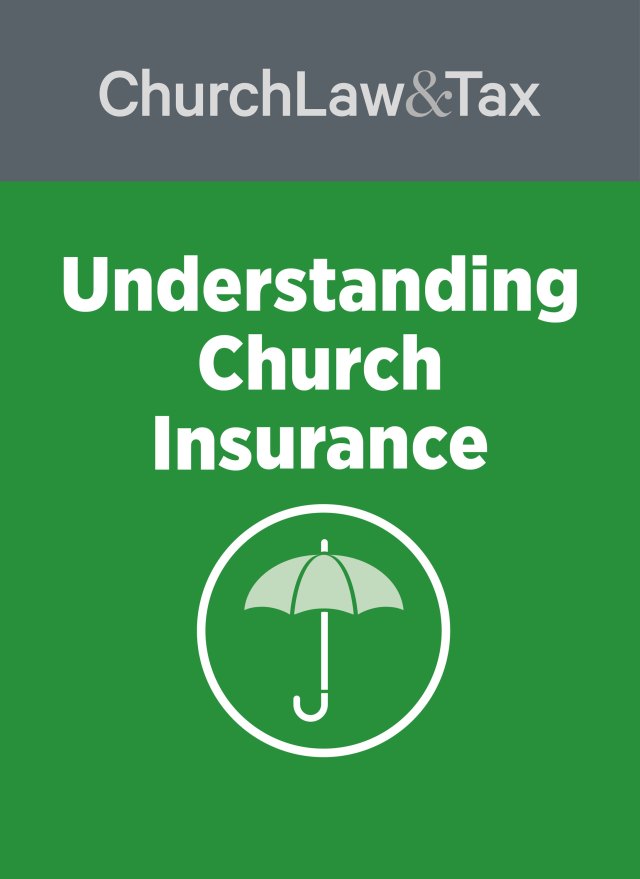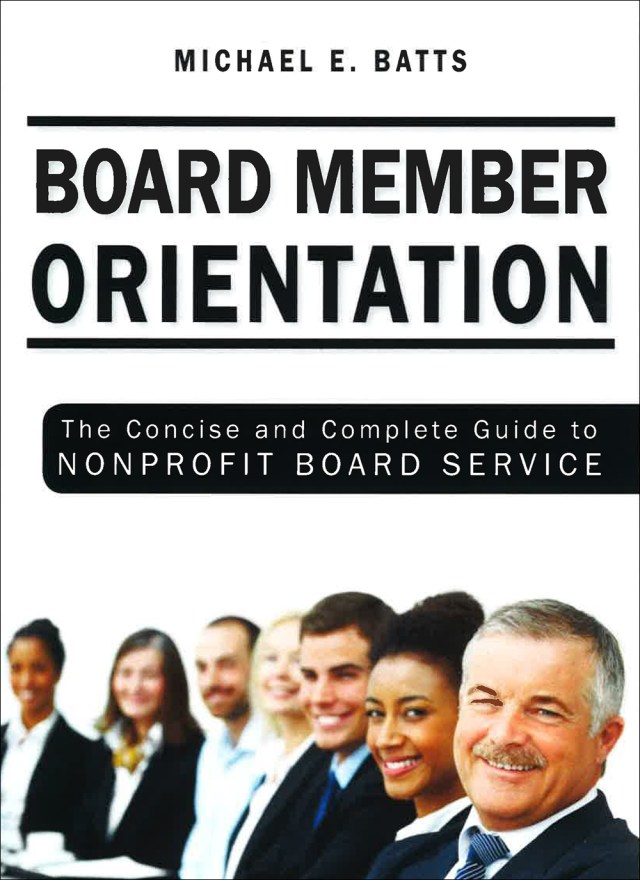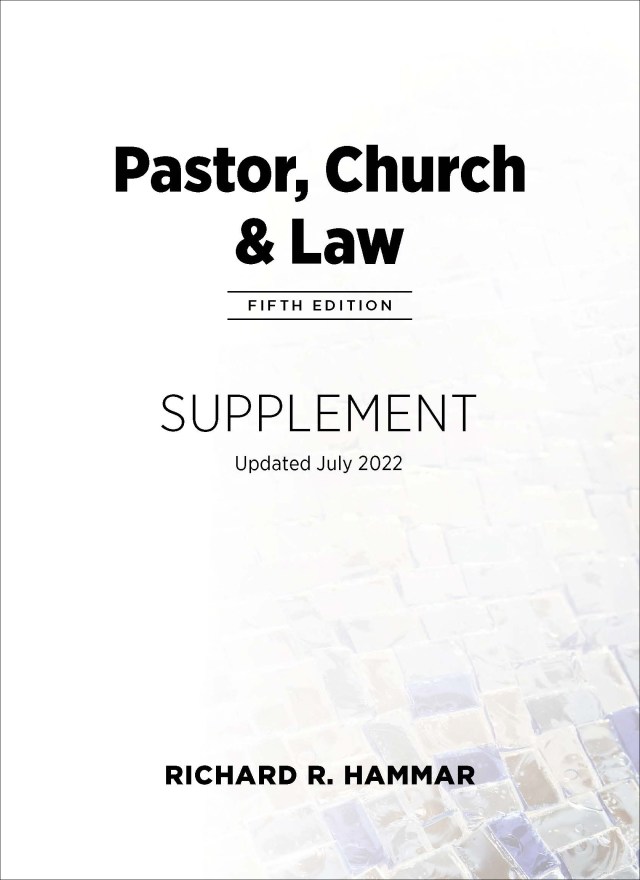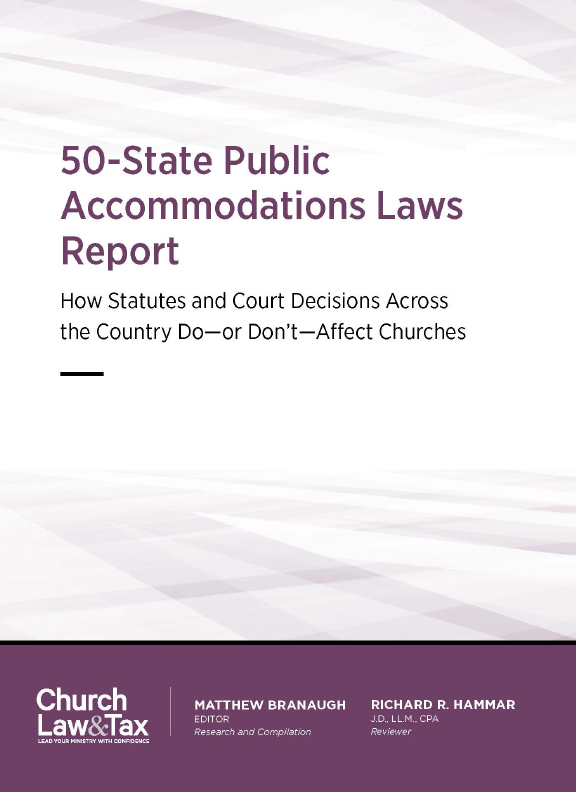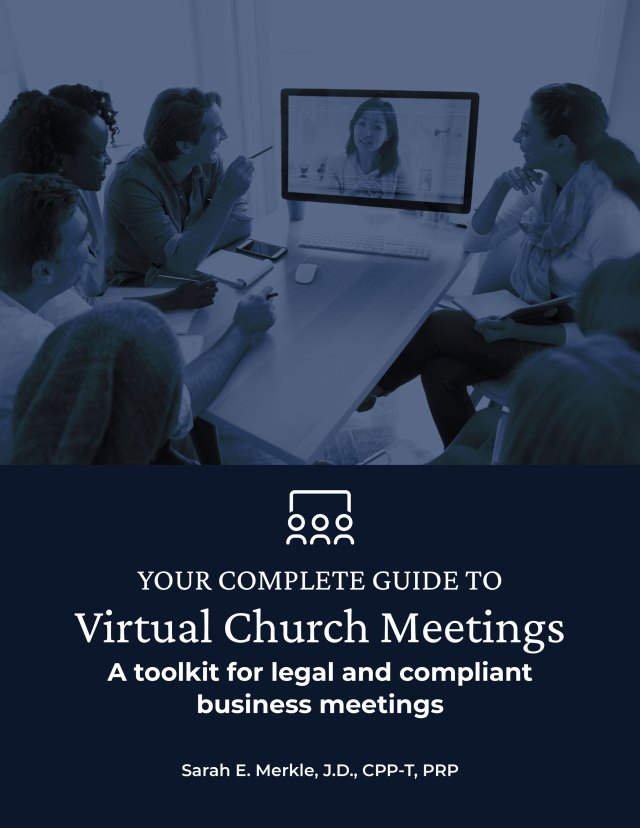The past weeks have been full of uncertainty. Churches have pivoted to continue ministering to their congregations in new ways as the COVID-19 outbreak continues. Church food pantries have blessed communities and become front-line ministries, prayers have been offered through screens and windows, and social media has struggled to temporarily replace in-person church as we know it.
Churches are eager to reopen for in-person worship—an experience that has always had “particularly profound significance to communities and individuals,” as stated in new guidance for reopening from the US Centers for Disease Control and Prevention (CDC).
Services may look different until the COVID-19 threat lessens, but with cities reopening across the country, there are steps your church can take to make a smooth transition back into live, in-person services.
Are you allowed to reopen?
Do not open your church until cleared by your local public health department or governor. You may not be allowed to hold in-person church services for several more weeks. To reduce legal liability, regularly consult your local, state, and federal recommendations and mandates—then follow the most stringent of these.
Government agencies may deliver other important information such as the maximum number of people allowed to meet, which would determine the number of congregants each church service can hold in your facility at a time.
You will also want to consult your insurance company before meeting, and have information ready to give your insurer to prove you are legally allowed to resume services.
It may be prudent to designate someone from your staff to keep track of changes in local health authority policies. This person could make weekly phone calls to the local health department, seeking updates and guidance going forward. The pastoral staff or board can then respond to updates.
You may choose to have a healthcare worker in your congregation be a part of the conversation to reopen or even record or write updates to send out to the congregation. This is a great time to give attention to the heroic medical staff you have in your church family.
Preparation for reopening
You need to a have a plan in place before reopening your church.
The first recommendation for reopening is to restructure service times. Shorten services and offer additional service times to allow for social distancing (six feet between unrelated persons) and to follow your local maximum numbers of people allowed to meet in one place, if your area has such a mandate. Shortened services will avoid putting an undue burden on pastoral staff and volunteers, while still giving the congregation a chance to meet in person.
Consider these steps to shorten the church service:
- Replace one 90-minute service with two 60-minute services. Depending on the size of your building and congregation, keep service start times far enough apart to allow for social distancing. This may be a full 30 minutes or more from the end of one service to the beginning of the next.
- Reduce the number of songs in worship: if you have five songs throughout the service, only do three.
- Shorten the sermon by 10 to 15 minutes, and consider a message with more of a short, devotional feel.
- Remove “meet and greet” time to limit physical contact and control the possible spread of infection.
- Replace prayer time, which may once have involved laying on of hands, with the pastor praying corporately for the church body as a whole.
A phased approach
The second recommendation for reopening is a phased approach.
Your first service meeting might be an in-person service where the elderly, immunosuppressed, currently symptomatic, and young children (who may not understand social distancing) are asked to stay home.
A second phase of reopening could include more groups: nursery and children’s church, for example, when that’s cleared by your public health department.
A phased approach will communicate to the congregation that you take their health seriously while desiring to worship together. As you plan to resume meeting, direct the congregation to your church website or social media for up-to-date information.
Screening
Before reopening, have a clear policy on how you intend to screen pastors, volunteers, and your congregation before entering the church. Consider what kind of screening you are able to perform as the congregation arrives, and what can be done in advance through communication.
To the extent you are able, you may want to take the temperature of your pastoral staff and volunteers (considered a risk at 100.4 Fahrenheit or above), and even each member as they enter (if that is feasible). Some churches may choose to purchase a body temperature camera that can detect fevers and have a greeter monitor it as people arrive to church, but this is most likely not an option financially for many congregations.
In addition to taking temperatures, you may also ask symptom-screening questions. Ask people as they arrive if they have recently tested positive for COVID-19 or have had interaction with others who have tested positive. Ask if they have had a new or recent onset of a cough, shortness of breath or difficulty breathing, fever, chills, muscle pain, sore throat, or recent loss of taste or smell. As we learn more about COVID-19, this list of symptoms is updated periodically on the CDC website.
A form with screening questions can be emailed out to your congregation prior to your first in-person service, and posted on the outside of the building as a final reminder before entering. Anyone who answers “yes” to a question should be asked to return home with a recommendation to call their doctor. The form should ask whether the person is currently experiencing, or has experienced within the past seven days, the following types of symptoms (as derived from guidance crafted on May 1, 2020, by The Attending Physician for the US Congress):
- Fever (temperature greater than or equal to 100.4 F)
- Chills with shaking or teeth chattering
- Sore throat
- Frequent cough
- Shortness of breath at rest
- Pain or tightness in your chest
- Flu-like symptoms
- Muscle pain (unrelated to exercise)
- Loss of ability to taste or smell
The form also should ask whether the person lives with someone who is sick at home with bronchitis-like or cold symptoms. It also should ask the person whether he or she, or a member of his or her household, are awaiting COVID-19 test results or have been told to self-isolate.
Whether you communicate with your congregation via email, social media, or a sign on the front door as they arrive, be sure to give clear direction on what you are doing to keep them healthy and safe. Communication may be weekly, or you could opt to send updates simply when your current practice changes based on new information from your local health department. This will help ease the minds of many congregants who may be concerned about infection.
Infection control
As you approach your first in-person service, follow these infection control measures to help your church reopen safely without putting your congregation at undue risk:
- Janitorial staff should deep-clean the facility before in-person services.
- As congregants arrive, doors should be propped open to lessen exposure to frequently touched surfaces. You may also opt to keep doors and windows open (weather permitting) to keep fresh air circulating.
- Door knobs, chairs, and other frequently touched areas should be sanitized between services and as frequently as possible.
- Bathrooms should be thoroughly cleaned before and after each service.
- Pastoral staff and volunteers should have a strong presence near the entrance to set the tone for the new normal.
- If you live where facemasks are mandatory, this will need to be enforced at the entrance to your church. Provide facemasks for those who don’t have one, and plan for what to do if a congregant refuses to wear one. If your area does not require facemasks, create your own policy and stick to it.
- Welcome everyone to the church at one entrance, maintaining six feet between individuals or households, and direct them immediately to the restrooms where they can wash their hands, or to hand sanitizer stations available for use throughout the facility. Post signs that read, “Please wash your hands before entering the church.”
- Greet congregants as they arrive with waving and “air hugs” to give a warm welcome while strongly communicating there will be no handshaking or hugs.
- Do not serve coffee or snacks.
Consider these recommendations for the actual service:
- Remove the time for “meet-and-greet” or handshaking. Instruct the congregation to refrain from all physical touching (shaking hands, hugging, and even elbow touching, because that is where people cough).
- Encourage cough etiquette.
- Instruct congregants to walk to a collection plate or designated place to collect offerings to avoid multiple people touching the same item.
- Have one-way traffic to avoid crowding, which may be eased with the use of greeters or ushers to direct people.
- Instruct congregants to walk to the front of the church to receive communion where gloved servers distribute the elements. Each congregant holds out their hand flat to receive the bread into their open hand. The other communion server places an individual communion cup on a table in front of them, and the congregant who received the communion picks up the cup. Alternatively, if individual communion cups are not an option, distributing only the bread would be fitting. You may also consider pre-packaged communion. Again, use one-way traffic with a clear path of how congregants can come to the front and return to their seat.
- Remove prayer partners or time when congregants and leaders and pastors typically pray in close proximity. Instead, ask congregants with prayer needs to raise their hands and stay seated, with the congregation then praying about the needs represented.
- Direct the congregation to exit through a different door than the entrance if you are having more than one service. Ensure one-way traffic to avoid crowded areas throughout the service.
- Be prepared with a protocol for someone who attends and then believes they start to become symptomatic during the service. The best plan is to ask the person politely but firmly to leave the facility immediately.
Setting these expectations immediately upon reopening will help the congregation model the behavior you want in your church.
Social distancing
Some counties are giving maximum capacity guidelines. If you do not have such guidelines, a simple way of determining how many people you should allow into your building upon reopening is your maximum occupancy as ordered by your local fire department.
Some health officials are recommending a 50-percent capacity of what your building is otherwise allowed to hold. This half-full approach should allow churches to reopen while allowing the congregation to socially distance. In the main sanctuary, help people socially distance by removing every other pew or row of chairs. Remember that rows of chairs can still be spaced immediately next to each other, as households can sit next to each other.
The new 50-percent capacity recommendation (or in some areas, even lower percentages) presents a hurdle to welcoming congregations back to church. The possibility of shortening the length of the service means that a greeter can tell people to please wait until the next service, which now is not so long of a wait. Having overflow rooms with a live stream of the service means the congregation is still able to socially distance in separate rooms.
Exiting the church through the lobby can create crowding. Your building may have additional entrances and exits to utilize as people leave, or hallways to better manage the flow of people between services. Try to have one-way traffic, with one entry point that is different than the exit point. This will be streamlined with clear signage directing people where to go. Enlist greeters or ushers to help organize and monitor traffic flow.
Lastly, make certain staff and volunteers contemplate what to do should a medical emergency arise. In our current outbreak, this could include someone in the church who begins having a COVID-19 symptom from the list above that is so severe they cannot be asked to go home, such as shortness of breath. Most likely, the safest course of action is to immediately call 911 and wait for emergency responders to intervene.
Protecting pastors and staff
Here are safety precautions to take as pastors and staff return to the church office:
- If possible, create one-way, circulatory traffic patterns in a church office layout.
- Stagger work hours while physically at the office (and perhaps interchanged with work-from-home days).
- Stagger seating in break room/lunch room (if it exists).
- Make hand sanitizers available in various places throughout the office areas—and be sure employees know where to find them.
- Clean workstations regularly. Encourage employees to take responsibility for wiping down their desks and other work surfaces with disinfecting wipes.
- Increase the cleaning frequency by custodial staff, including restrooms, stairwells/elevators, and trash removal. (For more guidance on workplace cleaning, see the CDC’s guidance.)
- Keep conducting team meetings using video conferencing.
- Verify that workstations are spaced far enough apart to maintain occupancy standards with distancing.
- Limit the number of volunteers/visitors/guests at the office when it is open.
- Post signs reminding of the importance of regular handwashing, use of hand sanitizers, cough etiquette, and other areas where safe practices need to be encouraged.
- Consider a Plexiglas shield/barrier for the receptionist.
- Check the temperature of anyone who enters the office. Or let employees self-monitor by providing a small table that includes a thermometer, a pack of disposable probe covers, and hand sanitizer; employees can take their own temperature then dispose of the cover in a trash can nearby; afterward, they would sanitize their hands.
- Screen employees’ health before they return to the office. You could use a form similar to the one created for Sunday services, which employees complete and submit electronically each day before coming to work. If employees have any COVID-19 symptoms from the list used for Sunday services, they should be instructed to stay home and asked not to return until they have been symptom-free for three days, or 10 days have passed since symptoms first appeared.
- Put in place a reporting protocol if symptoms develop. An employee who becomes symptomatic on the job should be sent home immediately. The church also should follow any reporting requirements, whether at the local or state levels, as well as the federal level, including the Occupational Safety and Health Act of 1970 (which churches are subject to).
Holly Hammar Lear is a PhD prepared nurse and public health official. She also serves as a worship leader and her husband is the lead pastor of Resurrection Assembly of God in Iowa City, Iowa.

